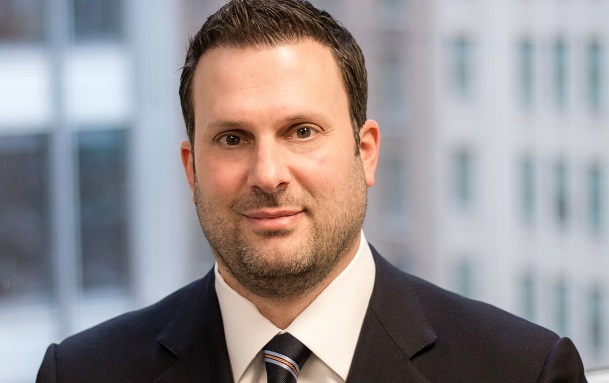CHICAGO—The Federal Reserve's recent shift in interest rate policy has been met with a sigh of relief by the commercial real estate industry. After all as rates rise so do borrowing costs as well as cap rates. Or so the conventional wisdom has gone. In a recent report the Chicago-based Quantum Real Estate Advisors decided to investigate the correlation between cap rates and interest. It found that it may be weaker than many had believed.
Recommended For You
This may come as a surprise to economic historians who can point to a historical correlation stretching back some twenty years. The difference between then and now, however, is that institutional demand for commercial real estate is much stronger and there has been a shift in the acceptable level of leverage to finance deals. The result, Quantum Founder Chad M. Firsel tells GlobeSt.com, is that cap rates and borrowing costs have become far more insulated from one another, which has not been the case in prior years. “Interest rates have become pari passu with cap rates,” he says.
Indeed, data from the report show that US cap rates remained stable and flat in recent years, with deal volume growing slightly — despite the eight Federal Reserve interest rate increases since 2015 across all property types. “This stability correlates with the stability of the 10-year Treasury note. CRE and 10-Year Note spreads remain wide, and margins are less at year end 2018.”
The report also noted that there has been a general increase in the 10-year Treasury rate since 2016 and cap rates have been lowering yet steady. Over the course of the last 10 years, the cap rate spreads to the 10-year treasury yield has narrowed to the same range as 2003-2006. “The current spread is a healthy cushion against rising interest rates. The 10-year rate is depressed but is still ahead of inflation and the consumer price index.”
A Nuanced View
To be sure, this opinion comes with some nuance. If, for example, borrowing costs rise, Firsel believes that cap rates will move as well — but not in lockstep as they have in the past.
Commercial real estate demand is the driver behind this trend, he continues. “The allocation by investors to commercial real estate on a percentage basis has increased significantly especially in recent years. Now there is too much capital chasing deals. This demand puts pressure on pricing.”
So if rates were to rise to 4%, Firsel speculates, demand would drop but it would still be somewhat insulated because there is more cash in the market.
© Touchpoint Markets, All Rights Reserved. Request academic re-use from www.copyright.com. All other uses, submit a request to [email protected]. For more inforrmation visit Asset & Logo Licensing.








